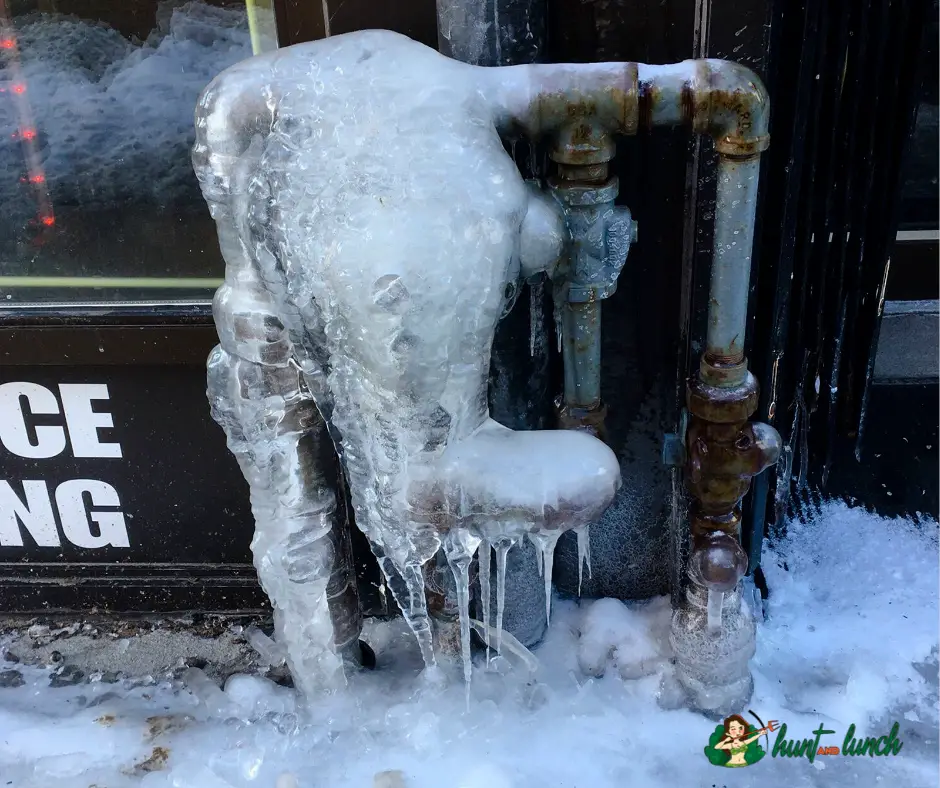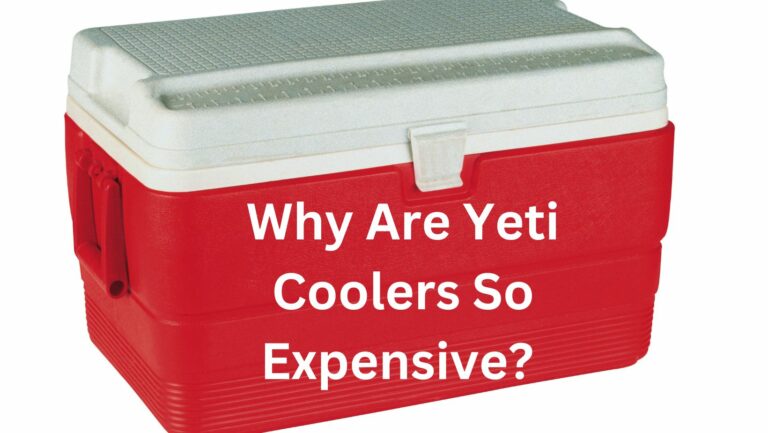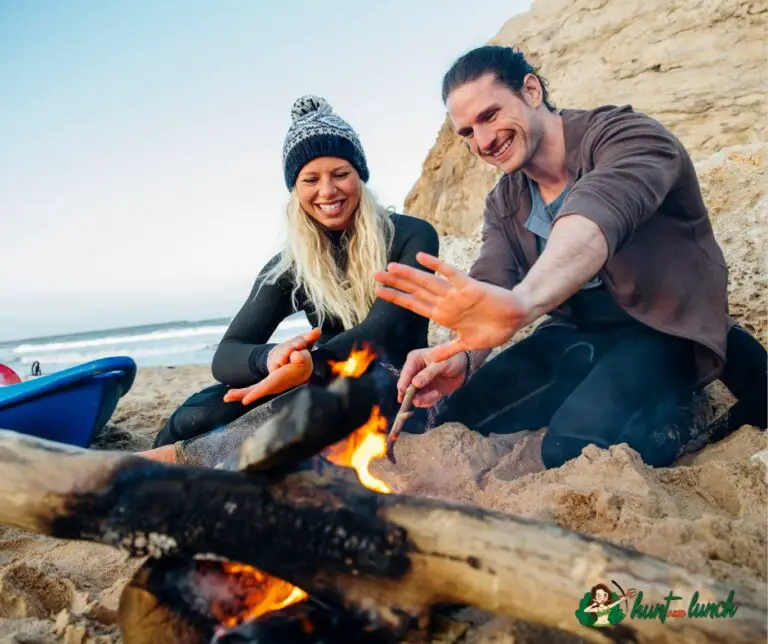
RV holding tanks are designed to be used during your travels. They are not intended for long-term use. The problem is that people often leave their RV holding tanks in an empty state for months at a time, which means they aren’t getting used and are susceptible to freezing. If you have this problem, it’s crucial to find out how to keep the RV holding tank from freezing.
Ways to Keep Your RV Tank from Freezing
Insulate the tanks
Tanks need to be insulated to prevent freezing. Still, you have to ensure you are using good-quality tank insulation. There are many different types of insulation, so it’s essential that you find one that is thick enough to keep your RV tank from freezing as well as one that will not allow moisture through it or absorb odors.
Heat tape applied to the tank exterior
Another option for protecting your holding tank from freezing is using heat tape. This method can be used inside and outside the tank, depending on how and where you want to apply it. Heat tape can be applied directly to the tank or wrapped around a hose that leads into and out of the tank. When using heat tape on an outside surface, ensure that it doesn’t touch any moving parts, such as vents or pumps, if possible, so as not to cause damage or accidents.
Install an RV skirt
An RV skirt is a rubber or plastic seal that seals the gap between the RV and the ground. They are available in different sizes to fit most recreational vehicles and are easy to install. An RV skirt is inexpensive and is an excellent way to protect your holding tank.
This method allows the skirting to act as a barrier to wind and cold temperatures drafting up through the floor and prevents heat from escaping through the bottom of the RV. By doing this, ambient heat from your RV can help warm up the air under your rig, which will help keep your holding tanks thawed in cold conditions.
Use an RV holding tank heater
Installing an RV holding tank heater is easy and has numerous benefits. RV holding tank heaters are safe, effective and a good investment in your winter travels. They’re also an excellent value for those who want to be able to use their RV year-round without having to worry about frozen holding tanks.
Insulate the RV floor
By placing heavy rugs or foam boards down on the floor of your RV, you effectively cut off the flow of heat through the underside. At the same time, you prevent cold air from coming in through the floor.
For pipes and tanks that reside above floor level, insulating the floor in the living area is an excellent place to start because it will help keep much of the heat from your furnace inside the camper. Plus, your feet won’t get so cold when you have to make a midnight bathroom trip.
Use RV holding tank antifreeze
RV antifreeze is an ethylene glycol solution, which is toxic and harmful if swallowed. It also can be toxic to aquatic life, so it’s not something that you want to add to your water tanks regularly. However, you certainly can add it to your gray and black tanks often.
This is another inexpensive and easy way to combat freezing dangers if you want to avoid costly heating systems and skirting. The downside is that you need to continually top your antifreeze solution as you use your tank.
Is It Safe To Use Antifreeze In My RV Holding Tanks?
You may have heard that using RV antifreeze in your holding tanks is safe. You can indeed use RV antifreeze in your holding tanks, but only as long as you are using it for its intended purpose.
Ethylene glycol at any level can be fatal to both humans and animals, with high levels leading to renal issues and death if left untreated. On the other hand, Propylene glycol antifreeze can lead to severe human problems if enough is ingested. For safety purposes, never use antifreeze agents in your water tanks.
How to Unfreeze My Frozen Holding Tank
If you find that your holding tank has frozen, don’t panic. There are several ways to unfreeze it, and here are some things you can do:
Using a Heat gun
The heat gun is the most common tool recommended to use when dealing with a frozen holding tank. It works by heating the outside of your tank and melting any ice formed on the outside surface. The main drawback of this method is that it will have difficulty melting any frozen content inside your tank if the tank itself is double-walled.
However, if you have a single-walled tank, a heat gun may be enough to keep your holding tanks from freezing during cold weather conditions.
Using a Hair dryer
A hairdryer is an effective solution if you have a small holding tank. It’s essential to use one made for plastics, though; if you have a metal tank and use a hair dryer that isn’t designed for use with plastic, it could ruin the tank. The best option is to set the blow dryer on its highest setting so that it can help you melt any ice quickly.
Propane heater
Another option is to use a propane heater, which shoots a powerful wave of heat outward wherever it is pointed. This can be a fast way to melt off any freeze since you can crank up the heat to intense levels.
However, a significant drawback is that you have to be sure the heater is not near or pointed too close to anything that could melt or catch fire. Also, you must pay close attention to what you are doing or risk damaging other parts of your RV.
Heating blanket
A heating blanket is an excellent way to prevent your holding tanks from freezing. Heating pads will also work, but you need to calculate how much power and voltage you need to use when determining which would be best for your needs.
Depending on the size of the blanket, voltage, and type of material used in its making, the purchase cost can be around $15 to $200. If you’re looking for something that helps with freeze prevention and unfreezing frozen tanks, then a heating blanket may be your best bet.
Conclusion
The good news is various ways to keep RV holding tanks from freezing. You can insulate them, heat them or install an RV skirt around them to protect them against the cold weather. Another option is to use antifreeze in your holding tanks. If all else fails, you can quickly defrost your holding tank using any of the methods listed above.

I’m Cindy, a free-spirited outdoor enthusiast. Since childhood, Our family frequently goes on weekend camps and my father, who was a skilled hunter, used to teach my siblings and me valuable things about wildlife survival. I made this blog to share my knowledge, experiences, and tips.






